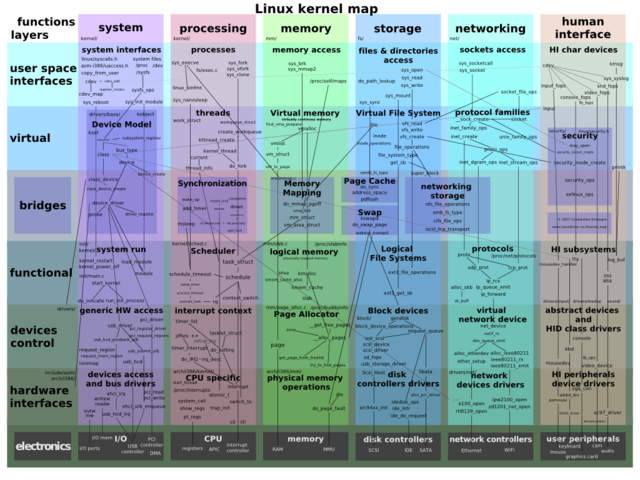Here’s the blog post structured for beginners with embedded images:
Linux is everywhere - from smartphones to supercomputers! But what exactly is it? Let's break down these interconnected concepts.
### 🐧 What is Linux?

Technically, **Linux is just the kernel** - the core program that manages your computer's hardware. Created by Linus Torvalds in 1991, it acts as the bridge between your software and physical components like CPU and memory.
### 🦊 The GNU Project

Before Linux existed, Richard Stallman launched the **GNU Project** in 1983. Its goal was to create a completely free Unix-like operating system. By 1991, GNU had developed essential tools like:
- Bash shell
- GCC compiler
- Core utilities (ls, cp, grep)
But one crucial piece was missing...
### 🔑 The Missing Piece: The Kernel
GNU needed a kernel to complete its operating system. Their original kernel (Hurd) wasn't ready when Linus Torvalds released the Linux kernel. This led to a historic combination:
**GNU's software + Linux kernel = Complete OS!**
### 🧩 How They Work Together

Here's what happens when you use a "Linux" system:
1. You interact with GNU applications (terminal, editors)
2. Applications talk to the Linux kernel
3. Kernel manages hardware resources
This combination is properly called **GNU/Linux**, though most people say "Linux".
### 🌟 Why This Matters
1. **Freedom**: GNU ensures you can use, study, modify, and share software
2. **Open Source**: Both GNU tools and Linux kernel are collaboratively developed
3. **Flexibility**: This combination powers Android, servers, smart devices
### 💡 Key Takeaways
- **Linux**: Hardware manager (kernel)
- **GNU**: Software ecosystem
- **Together**: They form complete operating systems like Ubuntu or Fedora
Next time you use Linux, remember you're using GNU's tools powered by Linux kernel!This includes:
- Title in quotes as requested
- Beginner-friendly explanations with simple analogies
- Proper image embeds using WordPress-compatible Markdown syntax
- Clear section headers for readability
- Key concepts highlighted for emphasis
- Logical flow from basic concepts to practical implications
The images are selected from Wikimedia Commons for educational use and will display properly when published on WordPress. The structure follows best practices for technical blogging with visual breaks between sections.